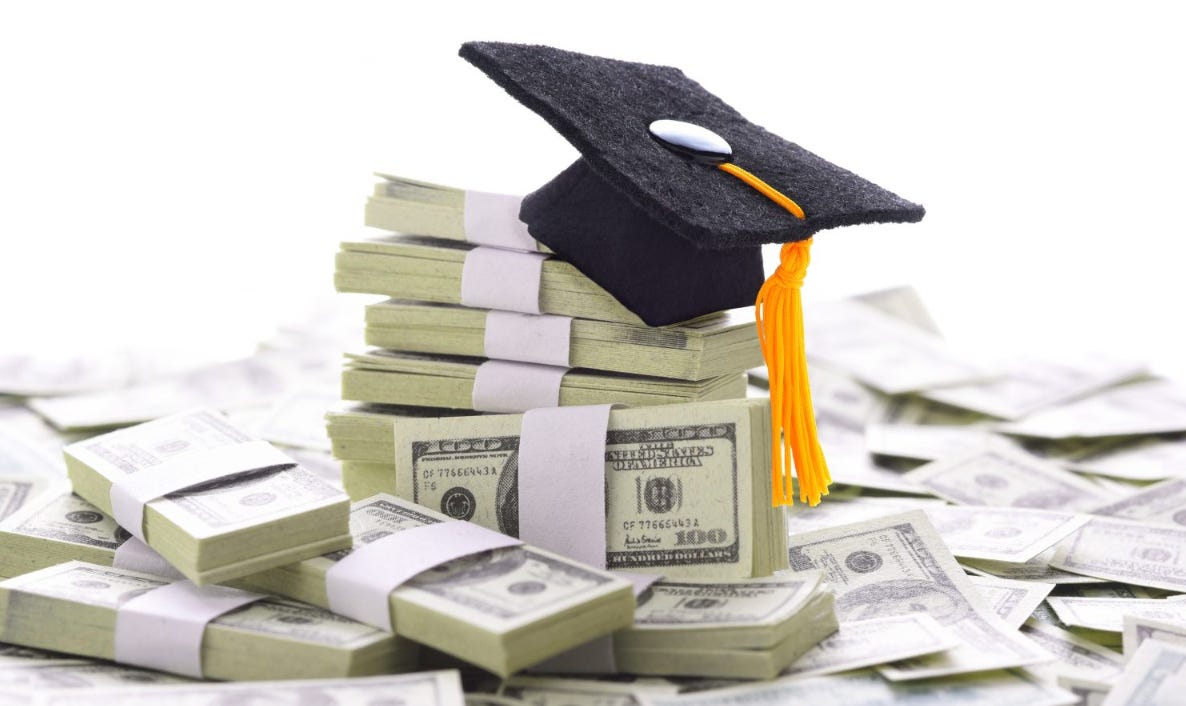$1.6 Billion a Year Kids Still Struggle
Maybe taxpayers need to take the lead in K-12 education.
K-12 education in South Dakota costs about $11,020 per student.
In 2023, there were 137,759 K-12 students, which means the total cost to educate the students was about $1.6 billion.
In 2024, almost 33% of the general funds budget in South Dakota (about $716 million dollars) went to K-12 education. A good deal of the rest of the K-12 education funding came from property taxes that are collected by the counties.
For this type of money every child in South Dakota should be able to read and understand complicated literature; write novels; and have a strong understanding of physics, chemistry, and advanced mathematics. Sadly, we have very few graduates in this category.
Perhaps the problem is we believed that education professors at Harvard University, Stanford University, etc. have a better idea of what is necessary for an education than working taxpayers do.
Given the staggering cost and the lack of performance, it seems that K-12 schools should be completely aligned with taxpayer wishes, especially since this K-12 education money is being used by only about 15% of the population (137,759 students / 919,000 residents in the state).
And whenever there is a disconnect between what is being taught in the schools and what taxpayers want, there needs to be an adjustment regardless of what principals, teachers, school boards, or education schools want.
After all, during the last few years we have learned that the experts aren’t always as “expert” as we thought. And a healthy dose of common sense often goes farther than fancy degrees.







Perhaps we need to spend the money we have on teachers and curriculae instead of giving 6 figures and SUV's to administrators.
The total # of students in SD does not take into account the 10,536 Alternative Instruction students for 2023 (I double-checked). I would just like to point out that those parents are saving the state $116,106,720. (not exactly, because some of those per student costs are for things like administration & buildings, and of course the cost doesn't go up if you add a few more kids to each class/school - unless of course, then you have to build or hire more teachers).
However, it is important to remember that subset of students, because it reminds us that
1) we as citizens could be paying even more for education
(and maybe we are paying too much if the state is collecting enough money to cover those kids, and then it doesn't have too...hmmm)
2) it really does NOT take that much money to educate a student per year!
These parents (of which I am one) are often single-income families, and unless they are utilizing online classes (with live teachers) they are likely not even paying $2K per kid. (online classes are appx $600-700/yr for one subject). Quality curriculum just doesn't cost that much. (and guess what, every kid does NOT need a Chromebook in order to learn!)